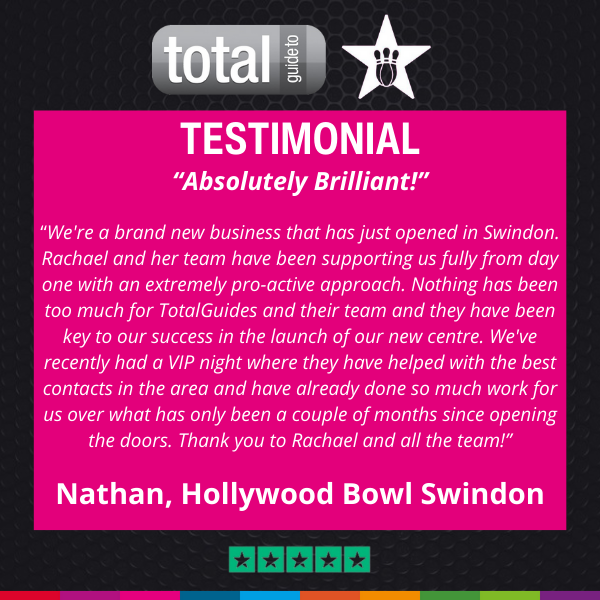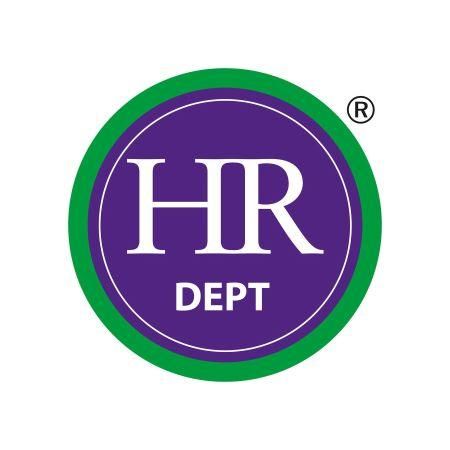Conflict resolution is SMEs
Following his grand finale at Glastonbury this year, a newspaper article reported that Sir Elton John has not once argued with his song-writing partner Bernie Taupin. Their professional relationship is decades-long.
Remarkable, especially given the music industry’s propensity for bust-ups! What would you, as a busy SME owner, give for a complete absence of conflict in your business, whilst still being successful?
That said, there are times when conflict can be beneficial.
It may encourage novel ideas which in turn generate better ways of doing things. Or it could highlight operational weaknesses which if left unchecked will grow into far bigger problems. Even so, whenever conflict rears its head, you will do much better if you have strategies for dealing with it.
What is conflict?
Workplace conflict normally arises from strained relationships between team-members, or between managers and employees. It is acute disagreement over an issue or issues.
This may be because of poor performance, personality clashes, bad communication, differing values or interests, or a scarcity of resources.
Left unchecked it can have serious consequences, including: lowering morale, increasing absenteeism, turnover of staff and ultimately a drop in productivity. An Acas report in 2021 showed that about half a million employees resign each year due to workplace conflict. The cost to UK employers is thought to be £28.5 billion, or £1,000 per employee.
One estimate puts the amount of time that managers spend diffusing conflict at 25%.
Even highly proficient managers won’t relish the task; but if you are not equipped to deal with conflict, this element of the job becomes much more unpalatable.
Processes for managing conflict
The way you manage conflict in the business will vary based upon whom the conflict is between.
Let’s take conflict between employees as the basis though. This may be the easiest form of conflict to manage, as you can take the role of an objective mediator.
- Talk to each party in the conflict to gather individual sides of the story – maintain objectivity but convey your concern.
- Conduct follow-on research to complement the first-hand accounts, and draft your own understanding of the matter, including its causes and potential solutions.
- Bring the employees involved together in private. Set and hold a positive tone, then recount your objective understanding of the situation. Ask them to verify your version or offer corrections, always staying calm.
- Draw to a final conclusion and solution making sure everyone is satisfied with the results. Keep records of the conversations held and decisions made and ask everyone concerned to shake hands.
- Arrange a follow-up meeting, to check the resolution was successful or if further management is required.
Key management tools may underpin some of this process such as understanding behavioural profiles and communication styles.
If you have a larger team beneath you, you may be able to coach or offer training so that your managers can perform this role for you.
Where the conflict is between you and an employee, or members of your leadership team, many of the same principles will apply – having someone independent taking an objective role and working towards a resolution, for instance.
More experienced peers in business may recognise the process and what’s required, without the need for formality. If, however, the conflict is too severe, outside help will be required. At The HR Dept, we can supply an experienced professional to act as an independent party to manage this process, if there is no-one suitable in your business.
Conflict management training
Although listing a numbered process may make it sound easy, managing conflict can be anything but. You can learn, though, and we offer in-person and online training to do just that. It will take a big strain off you and/or your managers, as well as manage the risks that festering conflict present.
To find out more, get in touch with your local HR Dept office.






















